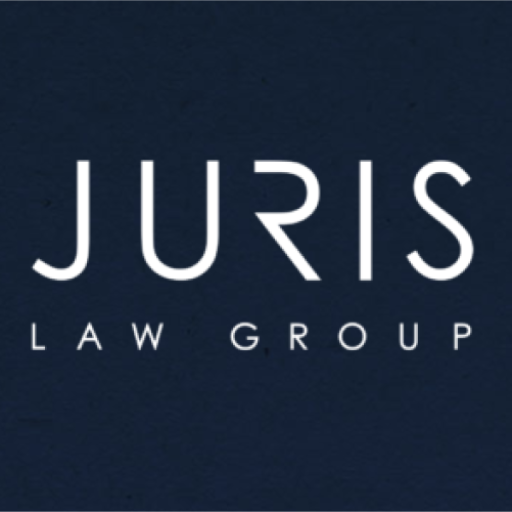
The bustling restaurant industry in California, renowned for its diverse culinary offerings and vibrant dining culture, is underpinned by an essential workforce. Ensuring that restaurant workers receive their mandated breaks and lunch periods is not just a matter of operational efficiency; it is a legal necessity. This article delves into the fundamental rules governing breaks in California, the implications of non-compliance, and the potentially costly path of Private Attorneys General Act (PAGA) class actions. It also explores the critical role of mediation, particularly with a top wage and hour mediator, in resolving these disputes.
Understanding California’s Break and Lunch Rules
California labor law is stringent when it comes to employee breaks. Employees who work more than five hours a day are entitled to a 30-minute meal break, and those working over 10 hours should receive a second meal break. Additionally, workers must have a 10-minute rest break for every four hours worked. For the restaurant industry, where shifts can be long and hectic, ensuring compliance with these rules is crucial. Non-compliance can not only affect employee well-being but also expose the employer to legal risks.
The Risks of Non-Compliance: PAGA Class Actions
Violations of break and lunch rules can lead to PAGA class actions, a unique type of lawsuit in California. Under PAGA, aggrieved employees can sue for labor code violations on behalf of themselves and other affected workers. This means that a single violation can escalate into a lawsuit representing all similarly situated employees. The consequences of such actions are not trivial – they can include significant financial penalties, legal fees, and damage to the restaurant’s reputation.
The PAGA Class Action Process
A PAGA claim begins with an employee filing a notice with the California Labor and Workforce Development Agency, detailing the alleged labor code violations. The agency then decides whether to investigate or permit the employee to file a lawsuit in court. If the case proceeds to court, it can become a protracted legal battle, demanding substantial time and resources from the restaurant owner.
Mitigating Risks Through Mediation
One effective way to address a PAGA claim is through mediation. Mediation involves a neutral third party – often a top wage and hour mediator – who helps the disputing parties reach a mutually acceptable solution. This process is less formal and often quicker than a trial, saving both parties time and money. A skilled mediator can navigate the complexities of wage and hour laws, guiding both parties towards a resolution that minimizes harm and fosters compliance.
Conclusion
For California restaurant owners, the importance of adhering to state-mandated break and lunch rules cannot be overstated. Failure to comply can lead to costly PAGA class actions, posing significant legal and financial risks. However, through proactive compliance and the effective use of mediation services, restaurants can avoid these pitfalls and maintain a positive, legally compliant work environment. Remember, consulting with a top wage and hour mediator can be a strategic move in navigating these complex issues and preserving the integrity of your business operations.
